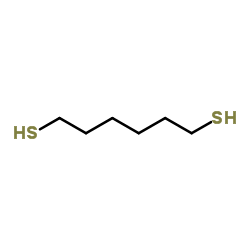| Structure | Name/CAS No. | Articles |
|---|---|---|
 |
1,6-Hexanedithiol
CAS:1191-43-1 |
|
 |
1,6-Hexanediamine
CAS:124-09-4 |